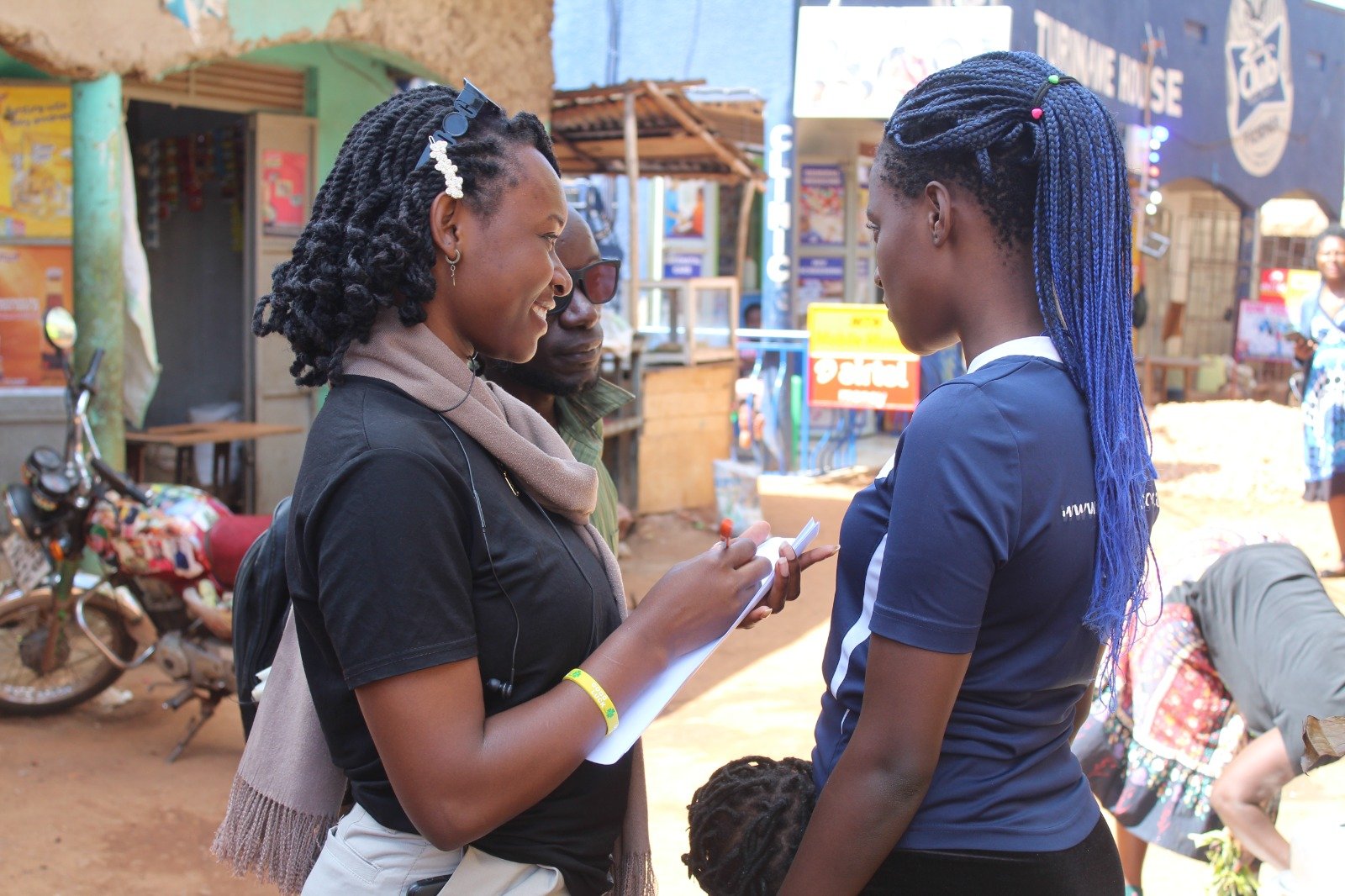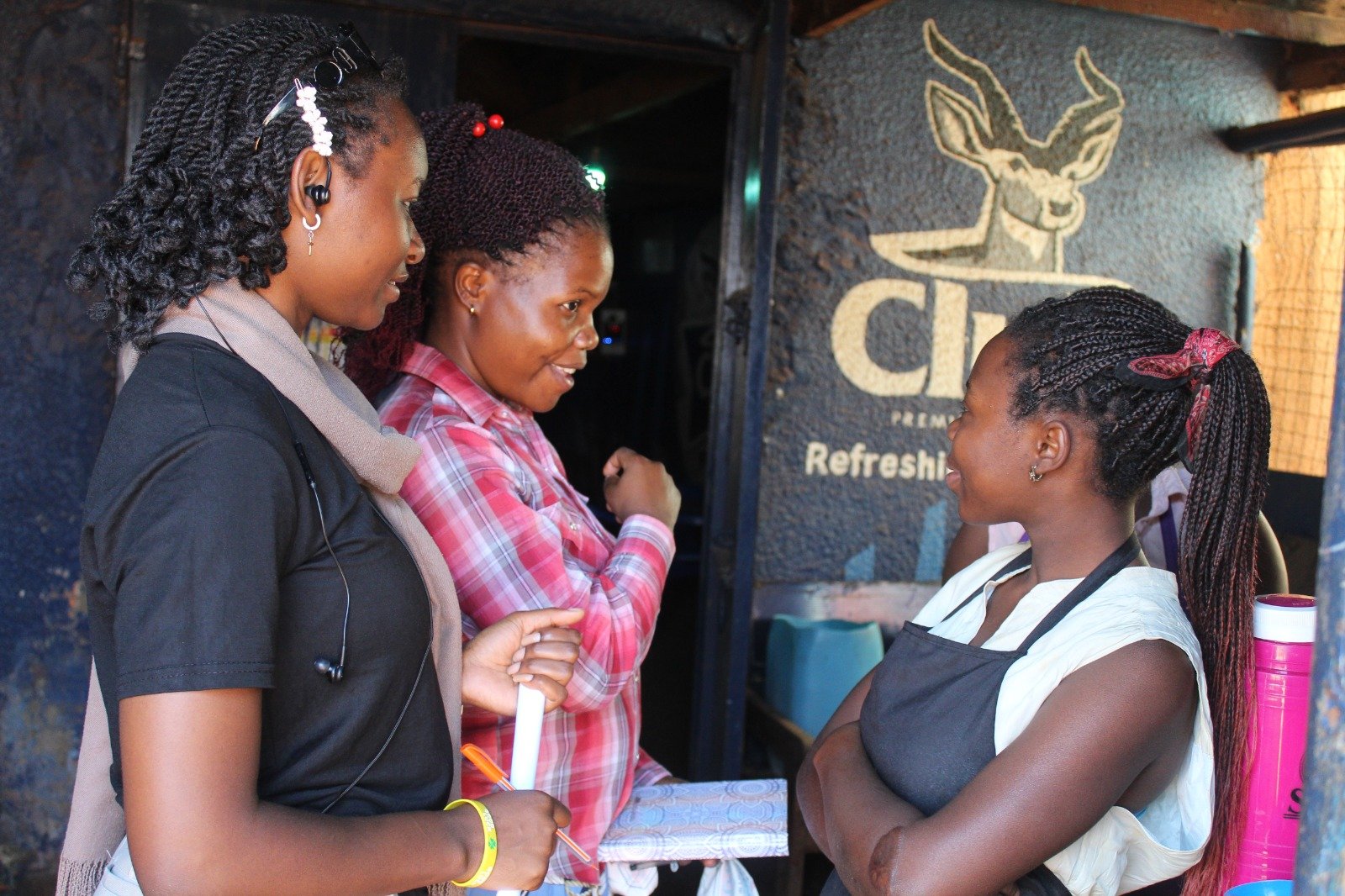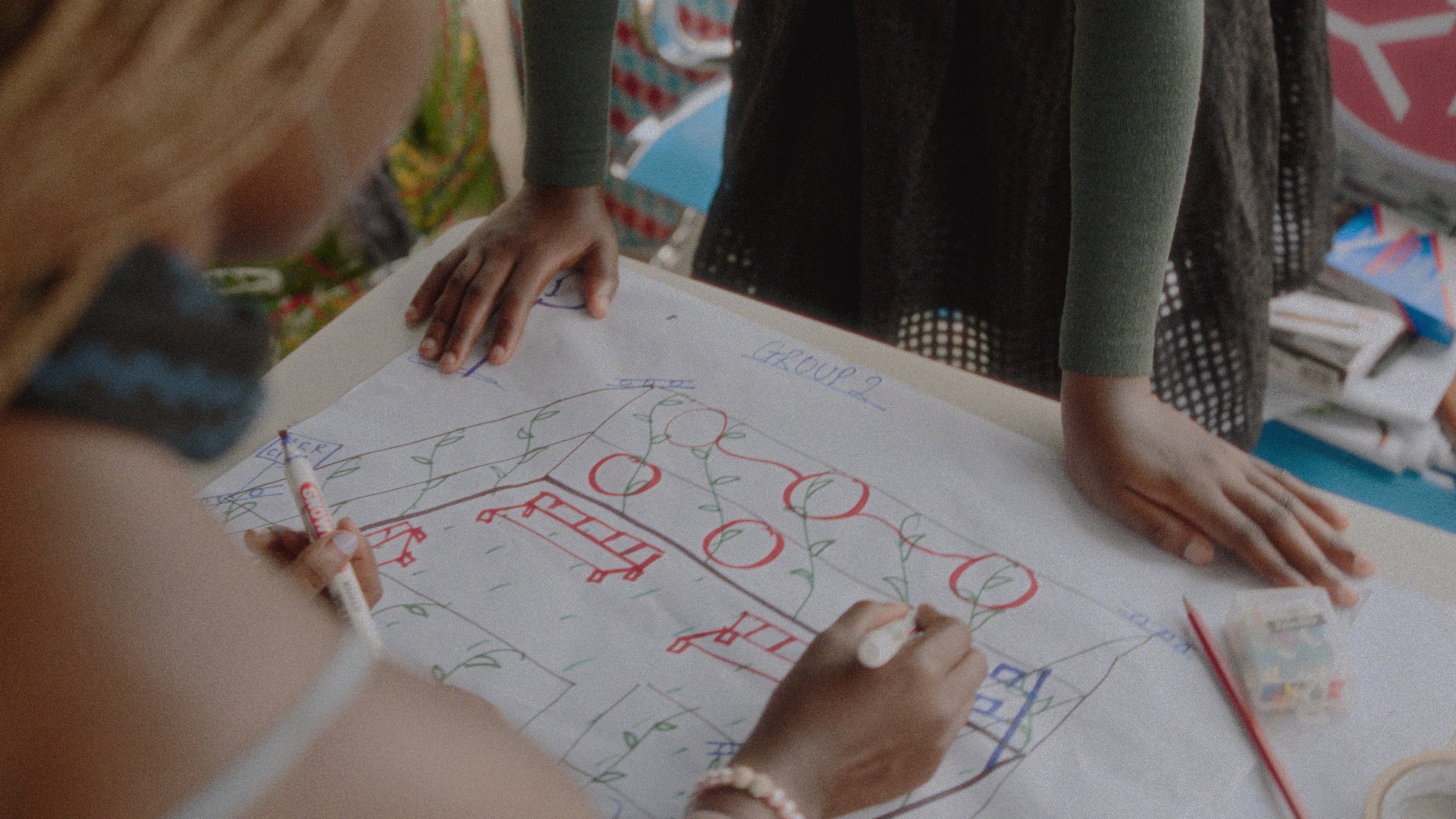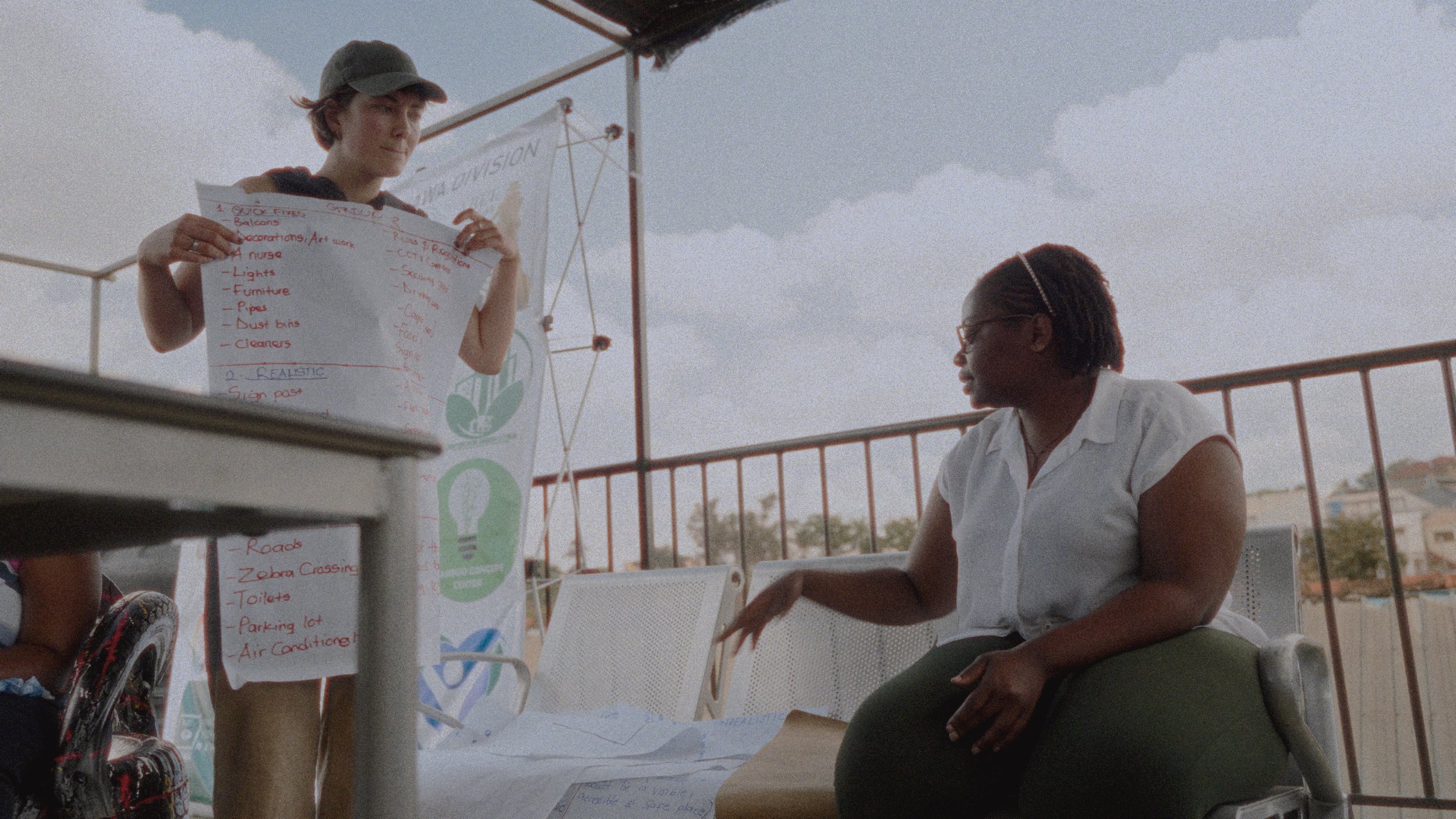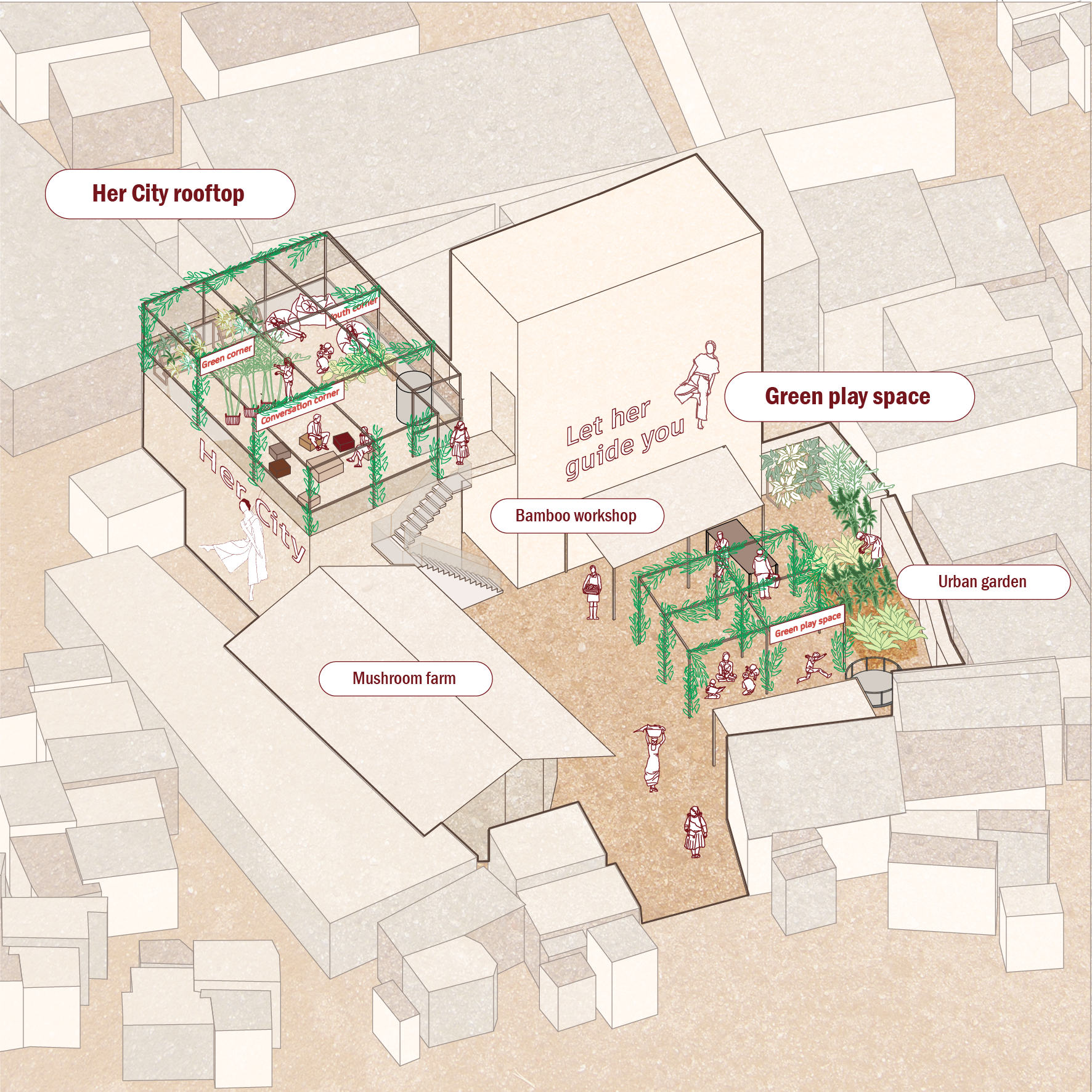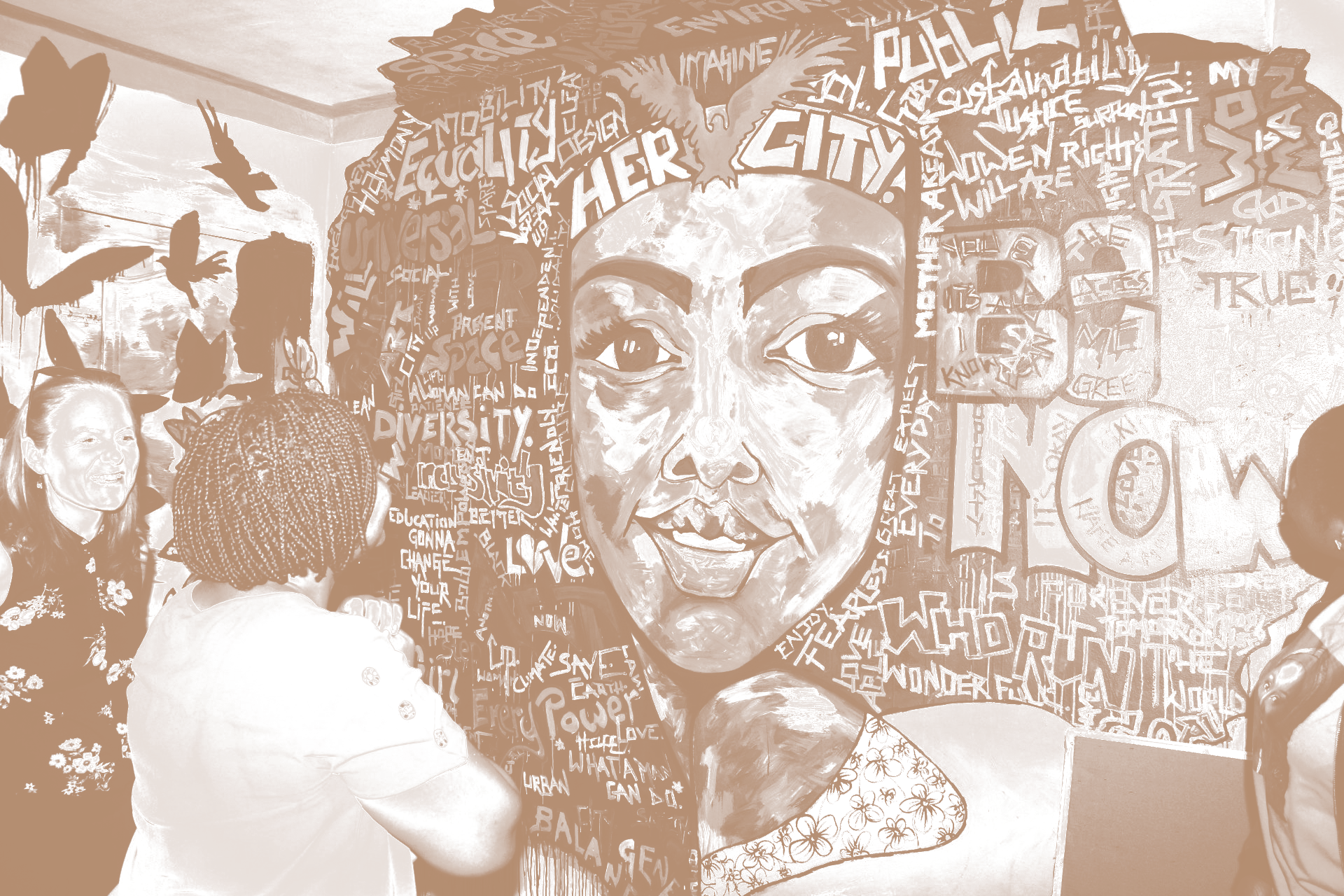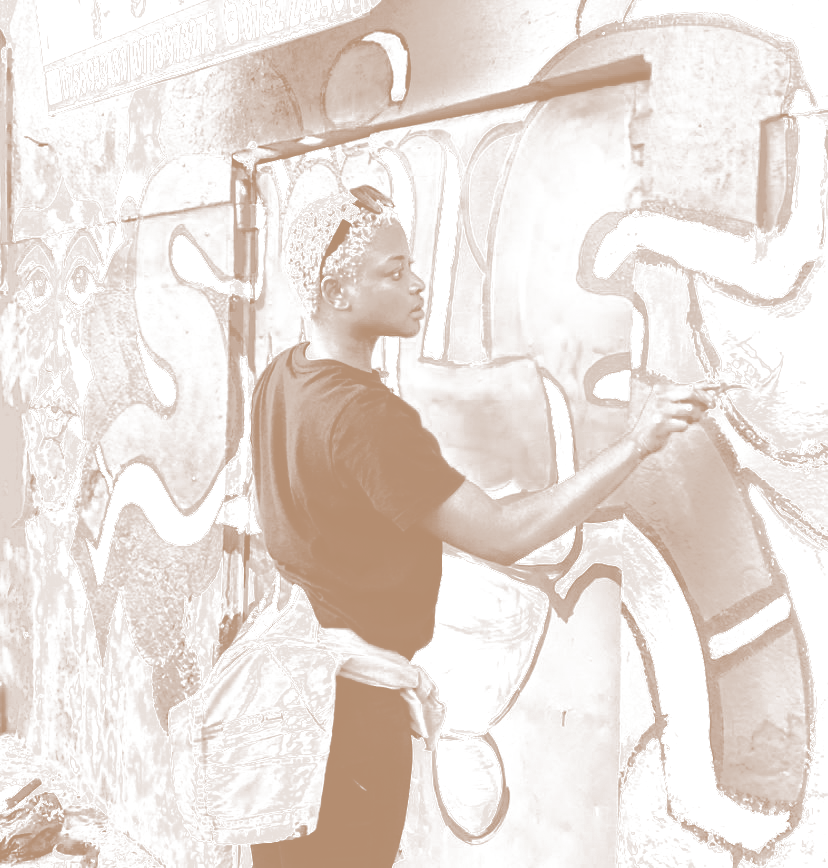Female-led urban design in Kampala
Her City is taking form!
Written by Stine Kronsted - Dreamtown’s Urban Designer
In Kamwanyi, a village on the shore of Lake Victoria in Kampala, an urban space is taking form. The space is a rooftop, designed and built by and for women, through the community-based organisation, Holistic Action for Development and Environment, also known as HADE. HADE is anchored in the dreams and visions of the women and girls in Kamwanyi.
Run and led by women, the organisation stands out as a safe space for the women and girls in the community.
The rooftop is a part of an agglomeration of spaces that has evolved through the work of HADE over the course of the last two years. The first space that HADE developed was a ’green play space’; an urban garden in combination with a playground for children, so women from the community can work in the garden and participate in activities while bringing their children along. This is one example of a space which is centred around the needs of women in the community. In extension to the green space, there is a mushroom farm, a bamboo workshop, and a meeting space for the community. During the day, women and girls of all ages move in and out of HADE’s spaces to participate in meetings, trainings, or simply to be around the women running the organisation on a daily basis.
Building on the success of the ’green play space’ and how HADE has been growing as a community for the women of Kamwanyi, Dreamtown and HADE launched the Her City project in April 2023. The Her City project is based on a toolkit developed by the UN-Habitat and the Shared City Foundation, with the aim of bringing women at the forefront of urban development. The toolkit guides a project through three phases: assessment, design, and implementation, running over the course of 1 year. To start the project, HADE established a core working group of 25 girls and young women who would be at the centre of the process throughout the year. The working group has participated in trainings and has been the main team leading the processes of developing the space from idea to implementation.
The process started with a mapping of the stakeholders who would be involved with the process. Local decision makers, representatives from the municipality, chiefs, households, business owners, etc. were invited to participate in the project launch and show their support. The next phase was a community assessment and a site-specific assessment, through which potential spaces to transform in the community were identified and mapped, and then selected on the basis of their qualities regarding safety, accessibility, network, among other aspects.
The girls then moved on to designing the space. Through co-creative workshops with drawing and collages, they shared ideas for their dream space. Some of the ideas that appeared was a roof cover, comfortable seating, water taps, green walls, and a library. They worked together to compile all the ideas into one space, that at the moment is being built with the help of local designers and engineers.
We can’t wait to see the final result!
One of the major issues during the project was to gain access to space in the dense community. In the process of finding a space in Kamwanyi in which HADE could realise their visions, the group was met with reluctance and suspicion from landowners, as the struggle for access to land is highly contested, which is the case in many low-income urban settlements. HADE negotiated with different landowners in the community and was finally given access to develop the rooftop. They reflected on the negotiation process as an important learning for future projects, and that access to land cannot be taken for granted when working with urban development. In relation to this, the rooftop will serve as important precedent for future projects, so when they are met with reluctance, they can show what happens when the girls and women from HADE are put at the forefront of urban design and planning.
During Dreamtown’s visit to Kamwanyi in September, we participated in a co-design workshop with HADE. It was clear that they saw the development of the space as a part of something bigger in the community. The girls from HADE were full of ideas for small-scale interventions in and around the community; murals, artworks, signposting, impromptu gardens, community walks, were some of the ideas that were brought up during the conversations.
As the rooftop is close to being finalised, HADE is working to realise more of their ideas around the community. Artworks are appearing on walls with beautiful drawings or ‘’Her City’’ written to bring attention to the issue with women’s access to urban space (see images below). What will happen next is yet to be seen, but it is clear that the Her City project has sparked ideas about what is possible to do, with little funds but lots of passion, and we are truly inspired by how HADE is working tirelessly to make Kamwanyi a safer space for women every day.
Follow HADE on X where they post updates about the ongoing activities in and around their spaces in Kamwanyi
https://twitter.com/HolisticActions
Curious to know more about Her City?
Get inspired from other cool initiatives and the tools to urban planning, where girls and women take the lead. Go to https://hercity.unhabitat.org/
The project is supported through the Civil Society Fund with CISU - Civil Society in Development



